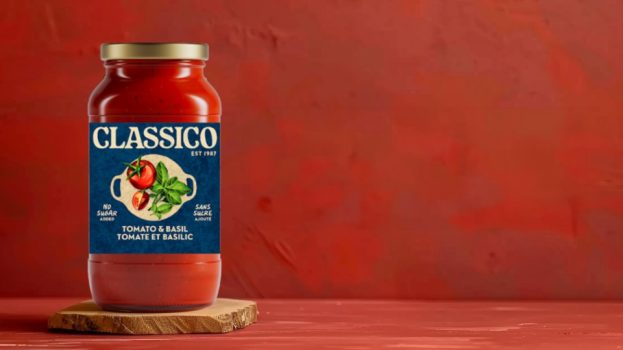
Windex is the latest brand to embrace removing plastic from the world’s oceans, promoting a new bottle made from recovered plastics with a ball pit as part of a PR push.
 At Toronto’s Harbourfront Centre earlier this month, the SC Johnson-owned home cleaning brand partnered with non-profit Swim Drink Fish on what seemed to be a classic ball pit. But it was also meant to emulate what marine life might experience when trying to swim through oceans polluted with plastic waste. The balls were also made from recycled plastic, and every jump into the pit resulted in a $1 donation to Swim Drink Fish and its efforts to clean the world’s bodies of water.
At Toronto’s Harbourfront Centre earlier this month, the SC Johnson-owned home cleaning brand partnered with non-profit Swim Drink Fish on what seemed to be a classic ball pit. But it was also meant to emulate what marine life might experience when trying to swim through oceans polluted with plastic waste. The balls were also made from recycled plastic, and every jump into the pit resulted in a $1 donation to Swim Drink Fish and its efforts to clean the world’s bodies of water.
The activation was part of a larger PR push behind Windex’s efforts at reducing ocean plastics, centred around a new bottle for the cleaning brand’s Multi Surface Cleaner with Vinegar product that is made entirely from recovered ocean plastics. The bottle was first announced in February and hit shelves in the spring, with roughly eight million units shipping across North America. Windex claims to be the first major cleaning brand to make a bottle from recovered ocean plastics, and there are plans to launch other products in the new bottle through to next year.
The PR push also included leveraging experts from Swim Drink Fish in media relations, influencer outreach resulting in 32 pieces of content and product features during segments on CTV and CHCH.
Other initiatives the brand has undertaken to reduce ocean plastics include making its classic trigger bottles with 100% post-consumer recycled content since 2015, with 90% of its products being recyclable and reusable. SC Johnson also plans to make all of its plastic containers across brands either reusable, recyclable or compostable by 2025, and triple the amount of post-consumer recycled plastic used to make them. This fall, Windex also plans to create a bottle made entirely from “social plastic” from Plastic Bank. The for-profit social enterprise organization works to not only prevent plastics from entering the ocean, but provides social benefits to people living below the poverty level in countries like Haiti, the Philippines and Indonesia.
Several brands have embraced reducing the amount of plastics that end up in the world’s oceans, part of greater efforts to reduce waste as the issue becomes a greater influence on consumer purchase decisions. However, efforts aimed towards encouraging recycling are falling out of favour with experts, who are encouraging reuse and fully eliminating plastics. This is because roughly 10% of plastics in Canada end up being actually recycled, as the recycling system in North America faces a crisis due to consumers contaminating collections and an ongoing struggle to find buyers for recovered materials. This is part of the reasoning behind a potential government ban of some single-use plastics, as well as programs like Loop that are promoting a “circular economy” of reuseable, refillable containers.
While Windex’s new bottle is recovering plastics from the ocean, it does still create a product that the end consumer will eventually dispose of (while the spray-top on the bottle is recyclable in Toronto, it isn’t in all municipalities). Speaking on background on behalf of SC Johnson, a spokesperson said the company encourages consumers to reuse their bottles and recycle according to local guidelines, but would not comment on if it had any efforts planned to encourage the reduction or elimination of plastics in its packaging and products.























